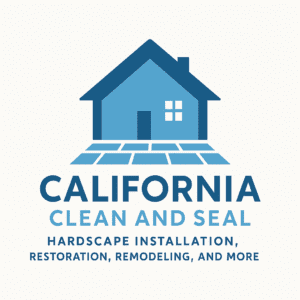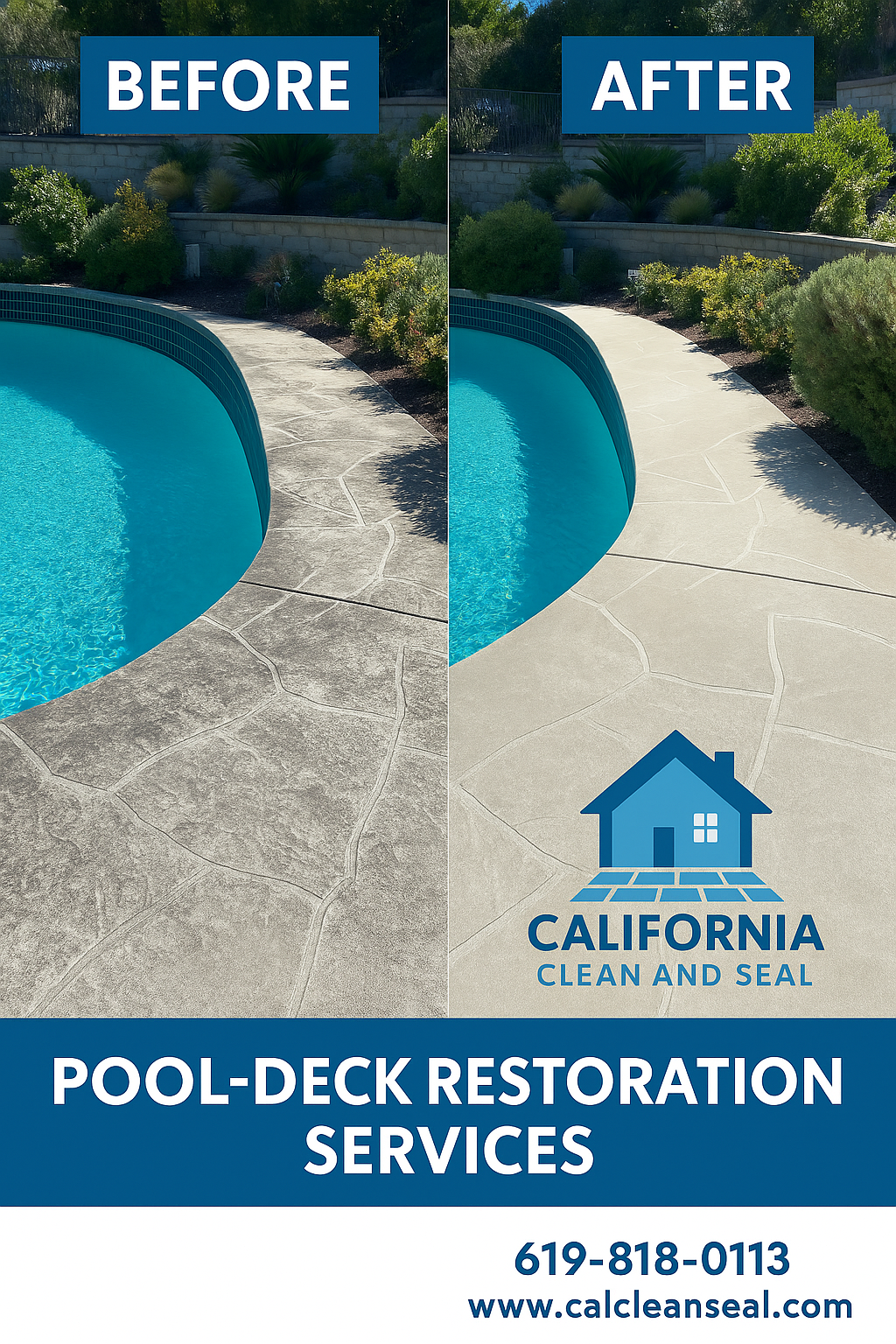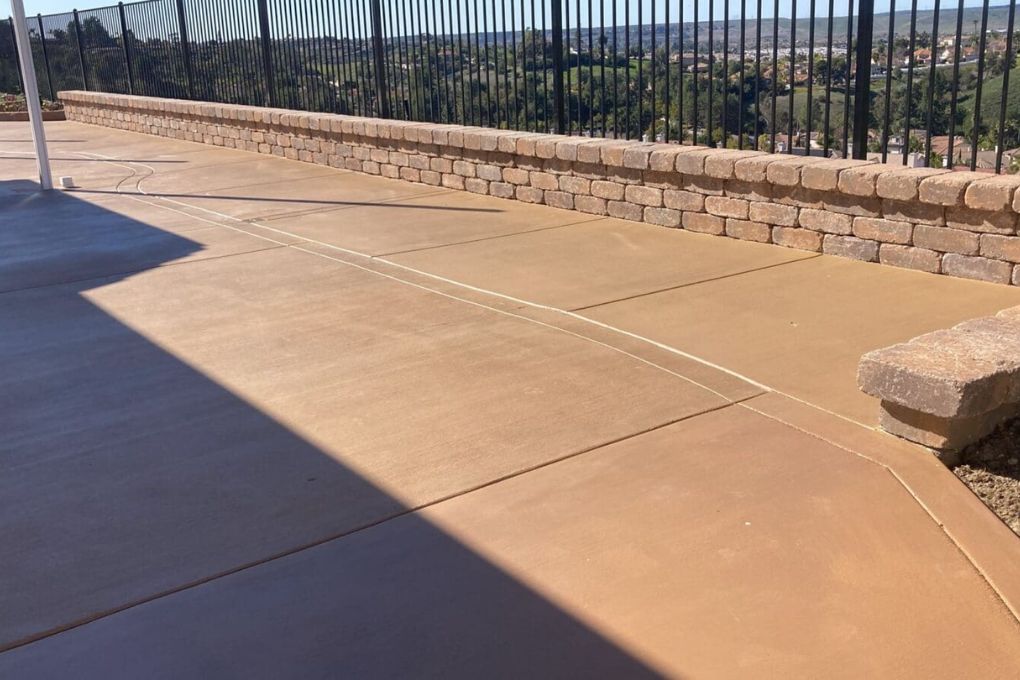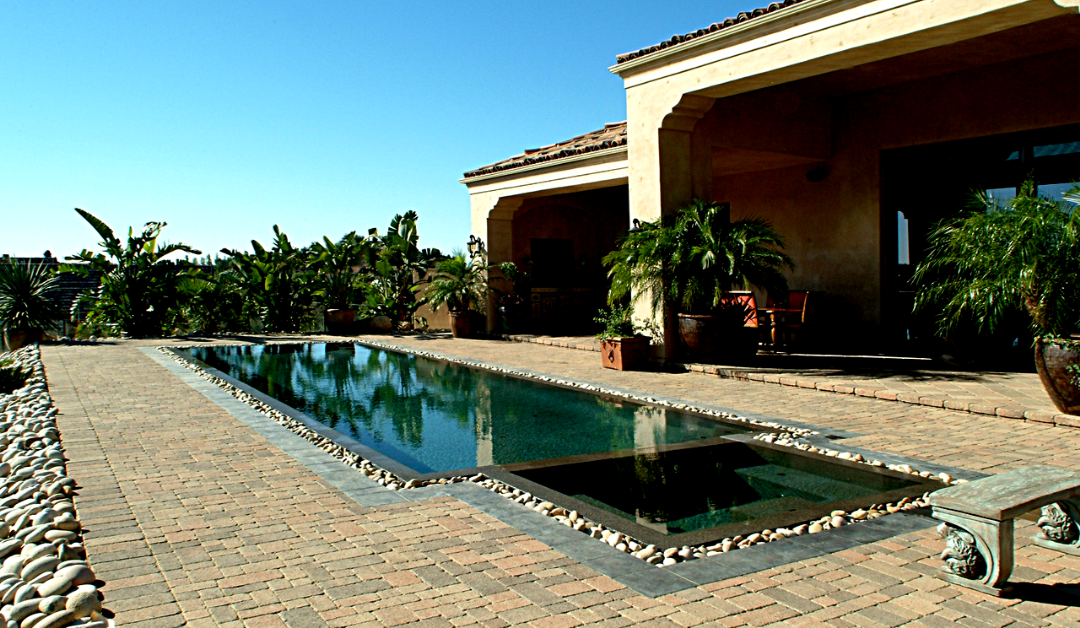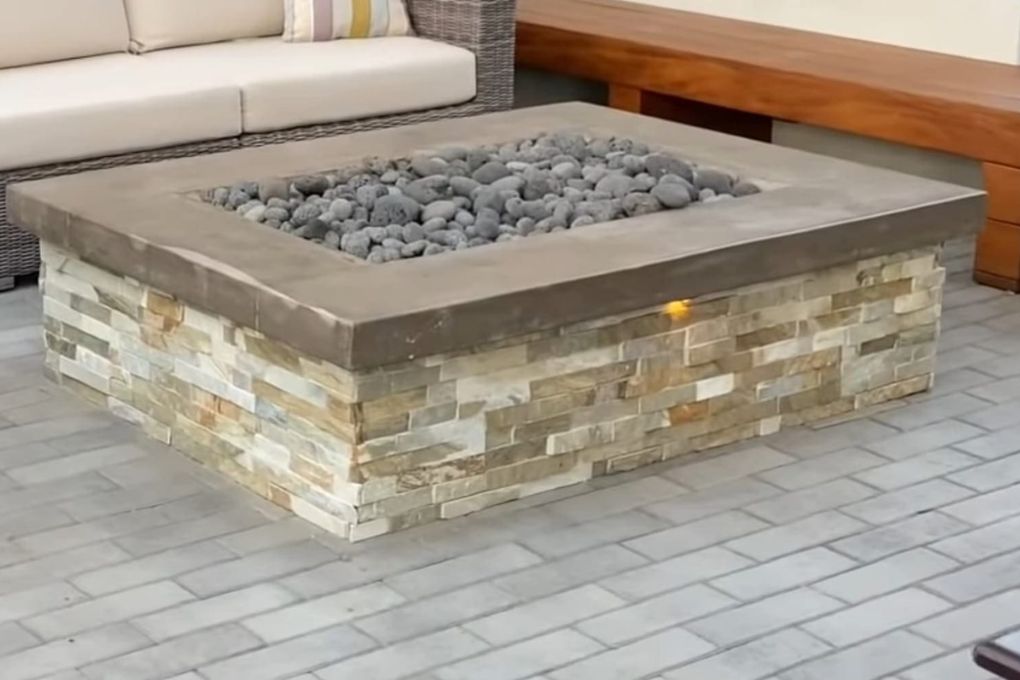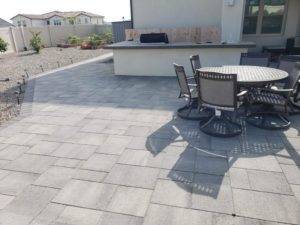
Backyard pavers installation project by California Clean and Seal
What to consider when choosing a Backyard pavers:
When considering pavers for your backyard, there are a few factors to consider before making a final decision.
We will try to help you to choose the best pavers for your backyard:
Pavers can be a great way to spruce up your outdoor living space and add color, definition, and style to your yard.
However, with so many different types of pavers available, knowing which option is the best for your project can take time and effort.
Here are some tips to help you when you’re shopping for your backyard pavers:
Understanding the purpose of your pavers is crucial. Are you aiming for a decorative element? Or do you require a more robust surface for the backyard patio? This knowledge will guide you in narrowing down your choices.
Consider the style of your home:
Opt for pavers with the existing style of your home and yard. This will create a unified and appealing outdoor space.
Look for pavers that match the color and texture of other elements in your outdoor space. Choose a suitable material. Different materials offer different benefits.
Natural stones like limestone and sandstone are solid and durable but must be sealed to prevent staining. Concrete and brick pavers are more affordable but can crack over time.
Please be sure to look for the best quality:
When it comes to pavers, you get what you pay for. Please look for pavers made with high-quality materials and features such as built-in drainage.
Please make sure you select a reputable supplier. A reliable supplier will offer you quality products and services. Request references and read reviews to suppliers for your project. This step is crucial for your project’s success and finding the best materials project.
By following these tips, you can be sure to find the perfect pavers for your project. You can transform your outdoor space into a beautiful oasis with suitable pavers.
We recommend the following steps when you choosing your backyard pavers:
1. Consider Your Budget: Pavers come in various price points, so knowing how much you’re willing to spend on your project before you start shopping is essential. Think about the size of the area you’ll be paving and factor in labor, materials, and installation costs.
2. Choose the Right Material: Different pavers work better for different applications. Concrete pavers are durable and cost-effective, but they may not be the best choice if you’re looking for a more natural look. On the other hand, brick pavers come in various colors and textures and offer a more traditional look.
3. Think About Your Landscape Design: Pavers can add much visual interest to your backyard, so it’s essential to consider how they’ll fit in with your existing landscape design. Choose a material and color that complements your existing plants, trees, and other elements.
4. Consider Maintenance Requirements: Different types of pavers require different maintenance levels. For example, clay pavers require sealing every two to three years, while concrete pavers generally don’t need to be sealed. These are just a few factors to consider when choosing pavers for your backyard. By taking the time to research your options and think about your budget, material, landscape design, and maintenance requirements, you can ensure that you choose the best pavers for your outdoor space.
When it comes to matching paver colors for your backyard, there are a few different factors to consider:
- What color will the pavers be installed near the house or building?
- What type of look are you trying to achieve?
- Do you want a monochromatic look or something more vibrant?
All of these questions will help you decide which pavers will match best.
Neutral colors like beige, gray, and taupe are great for a more subtle look. These colors easily blend in with existing structures and create a unified look. If you’re looking for something more vibrant, blues, greens, and reds can add a pop of color to brighten up an area.
If you’re looking to match your backyard paver color to the house or building, then choosing a paver that is a few shades lighter or darker than the structure can create a cohesive look.
For example, using a dark gray paver will create a nice contrast if the house is light gray. On the other hand, if the house is dark blue, then using a light blue paver will make the area look more unified.
No matter what color pavers you choose, make sure they complement the existing structures and create a look you’re happy with. With the right color, your pavers can become a beautiful addition to your outdoor space. Call us for your next project- we can help. Tel: 619-818-0113

The backyard pavers project includes an Outdoor fire pit and sitting area installation

Driveway and backyard Paver installation project by our team
